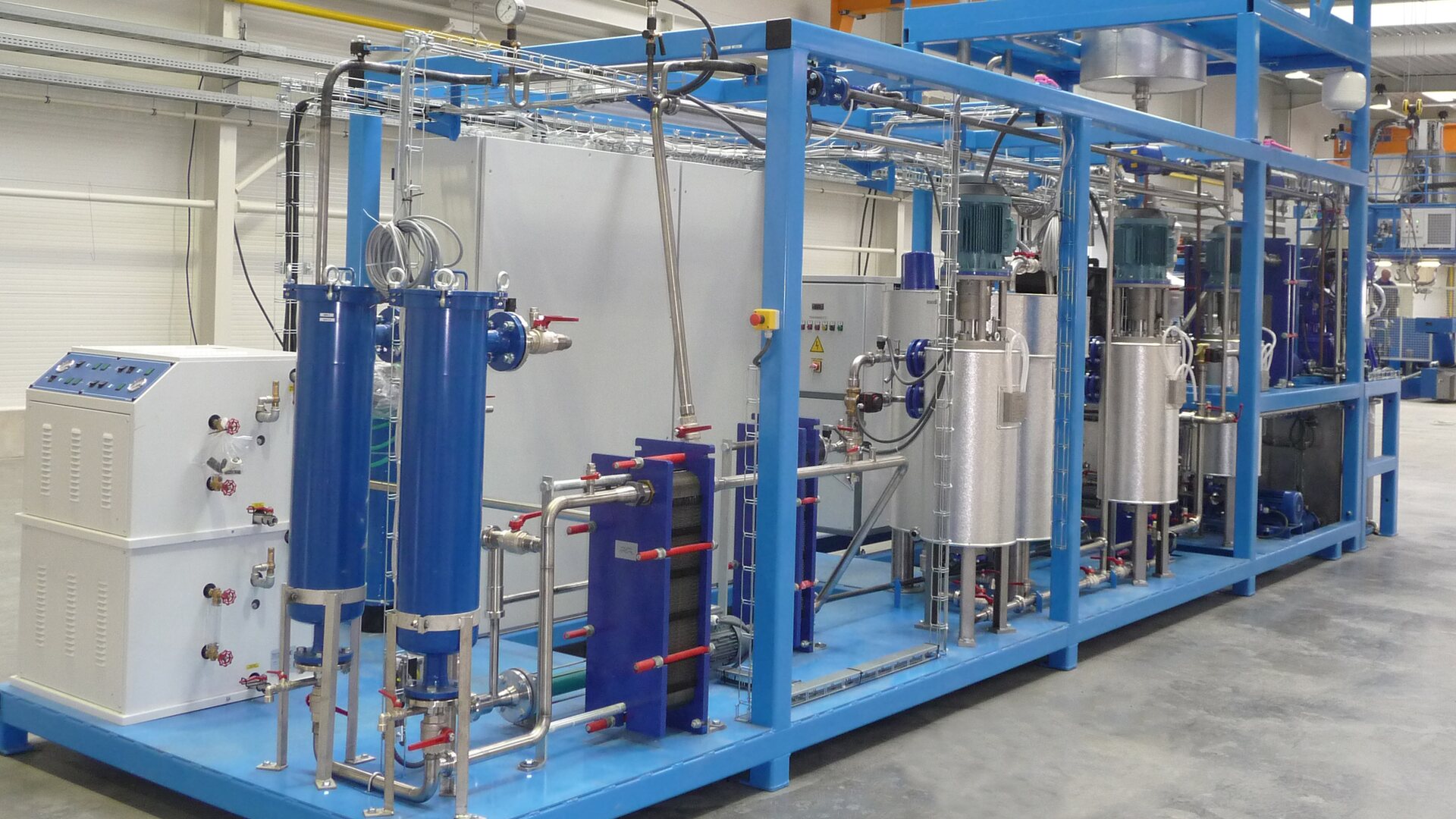The technology of degumming offers a solution for the removal of phosphorus from crude oil. Phosphorus is bound to phospholipids, which are undesirable for further oil processing. At higher temperatures, phospholipids burn to contact surfaces and thus hinder both edible oil refining process and uses for biofuel purposes.
Phospholipids end up burning to the surface of a saucepan in the kitchen, or to the pistons in car engines. Burning also causes unpleasant smell and damage to the exposed material.
Crude oil contains two kinds of phospholipids: hydratable and non-hydratable. Degumming involves adding of acid into the oil, which transforms non-hydratable phospholipids into hydratable. All hydratable phospholipids are then removed by the addition of water (hydration), which causes agglomeration of the phospholipids into flakes, which are subsequently centrifuge separated. Phospholipid removal is always the first step of vegetable oil processing. It can be done together with free fatty acid (FFA) removal, which carries out the process of neutralization, which is an optional feature of the degumming technology.
This technology takes advantage of the ability of hydratable phospholipids to accumulate at the interface between oil and water and subsequently aggregate in the atmospheric reactor. The addition of acid ensures proper environment for agglomeration as well as transformation of a fraction of non-hydratable phospholipids into hydratable, which can be removed. Resulting agglomerates (flakes) are then removed by centrifugation.
The added acid is then neutralized by the addition of lye (applies to STANDARD and EXTRA DEGUMMING). The quality of the process is determined by the conditions achieved for flake formation (generating water emulsion with large surface area of the water-oil boundary) and the subsequent agglomeration of the flakes.
Centrifuges must separate out the “sticky” phospholipids with minimum oil loss and rotor clogging. This is accommodated only by high-quality centrifugal separators with a self-cleaning bowl.
The company Farmet offers optional accessories that will satisfy even the most demanding customers. However, the most convenient solutions are usually our turnkey deliveries, which are optimized from both the technical and economic perspectives, meet all your requirements and include the automatization of the entire process.
The parameters of the oil at entry have a decisive influence on the quality of the process and final material balance. As a general rule, lowering of the amount of impurities at the input leads to lower consumption of active substances, less by-product, and a higher-quality oil at the line output. The most indicative parameter in degumming is phosphorus content (measured in ppm). This technology is able to process freshly pressed or extracted oil containing up to 1,000 ppmP (of that, up to 150 ppmP of non-hydratable phospholipids). On the basis of the required quality of the oil at output, we offer three versions of the degumming technology:
This technology can process oil with even higher phosphorus content than 1,000 ppmP, albeit at the cost of lower line performance.
